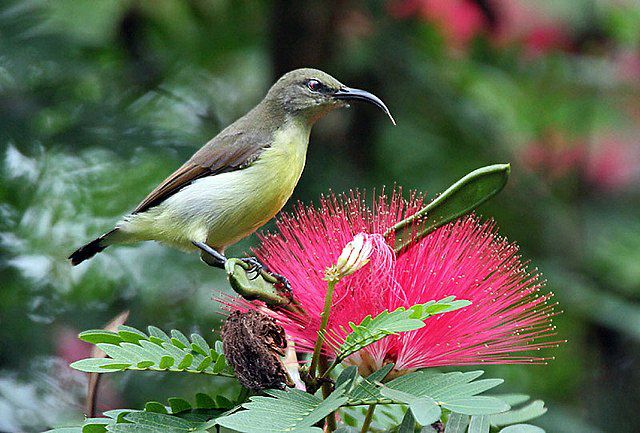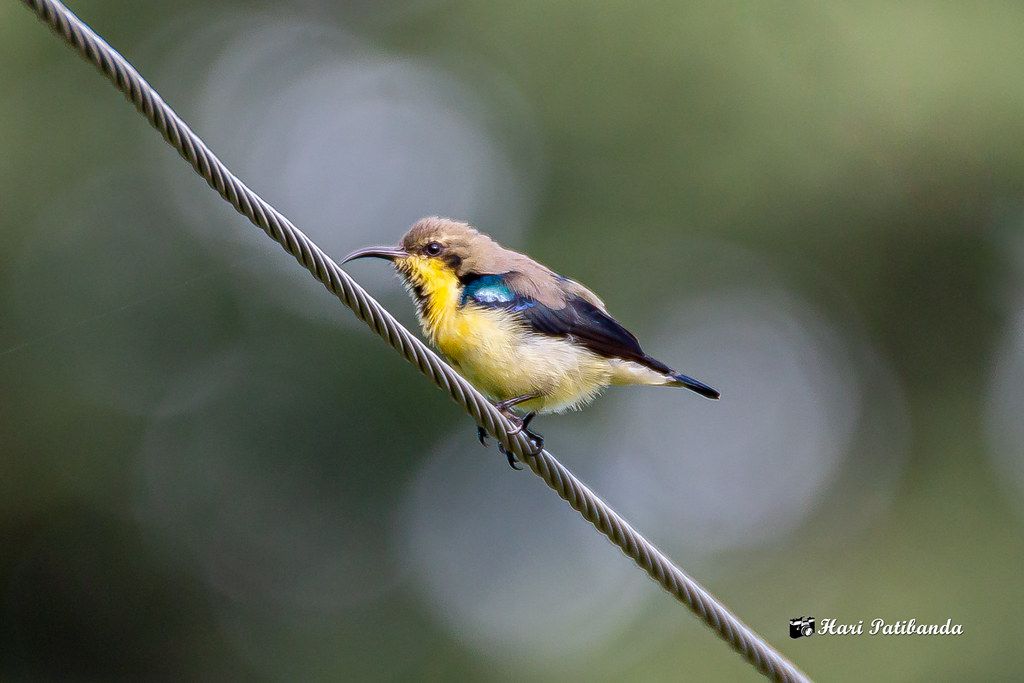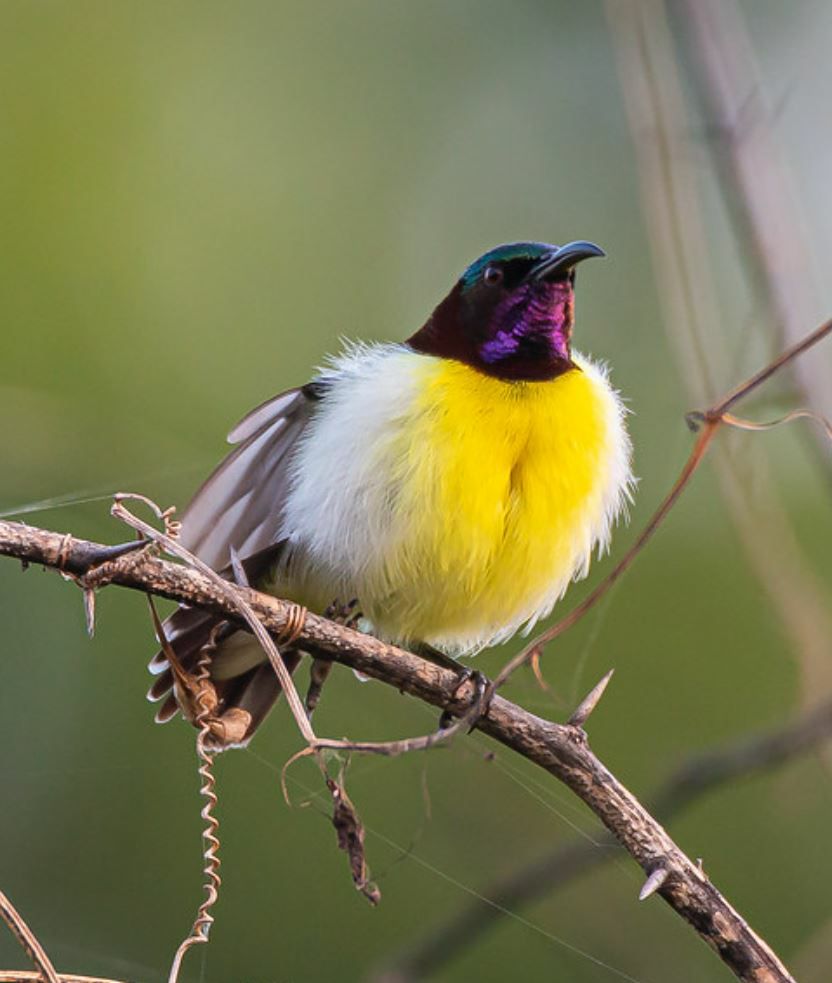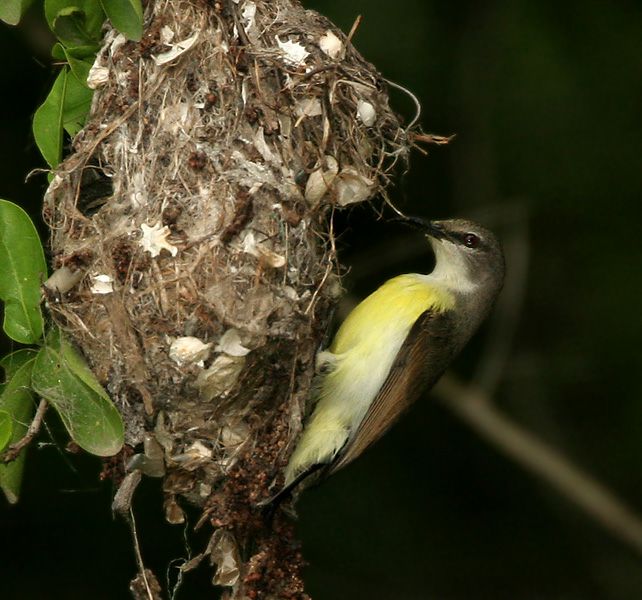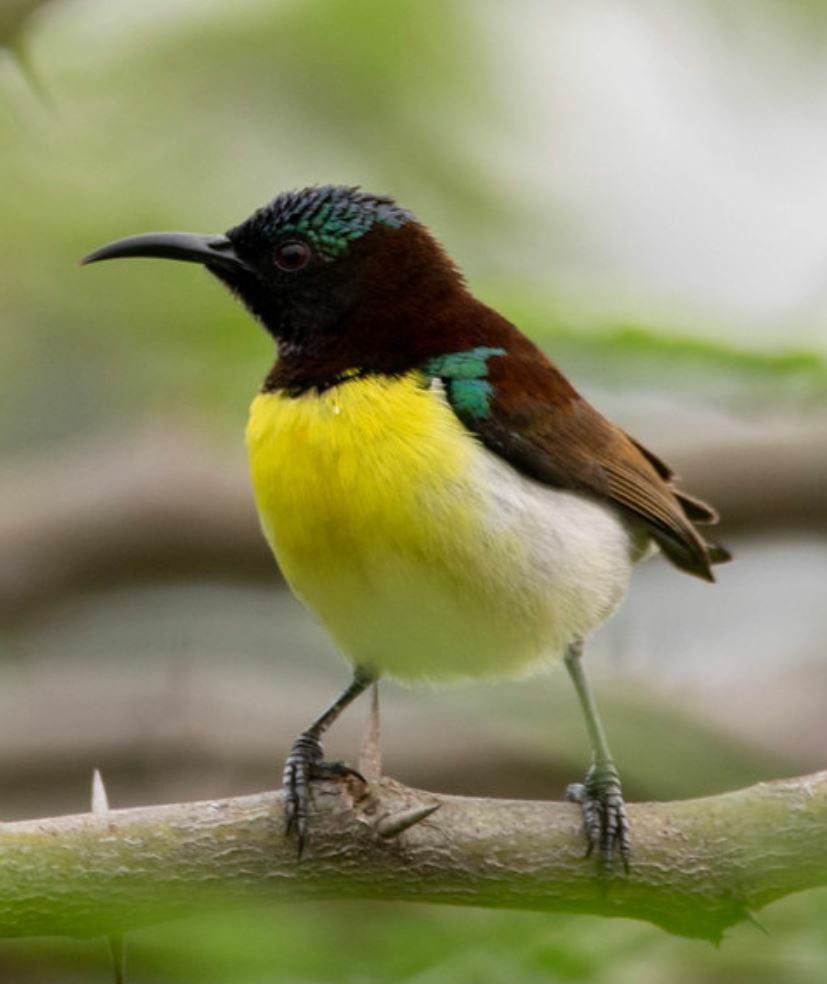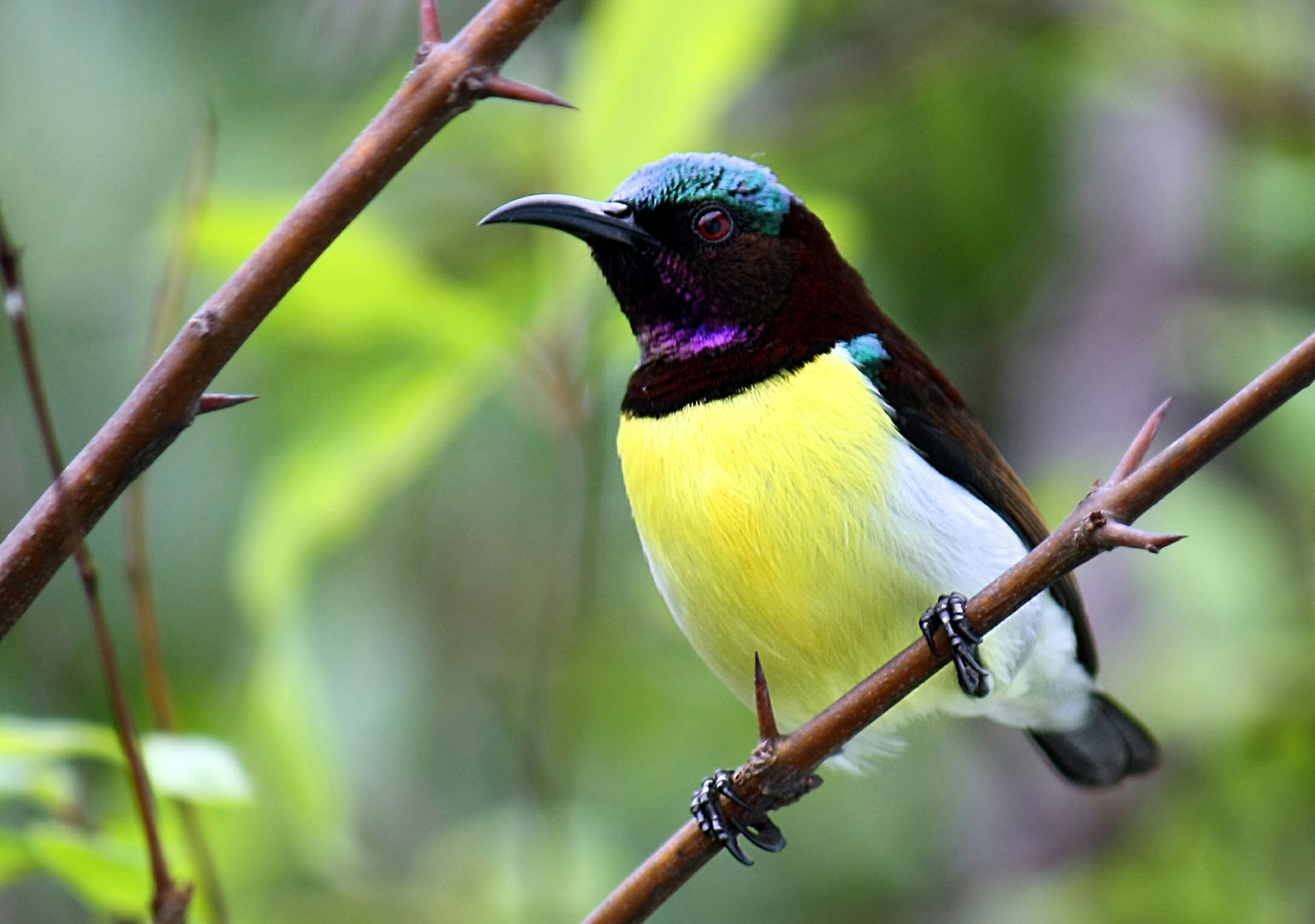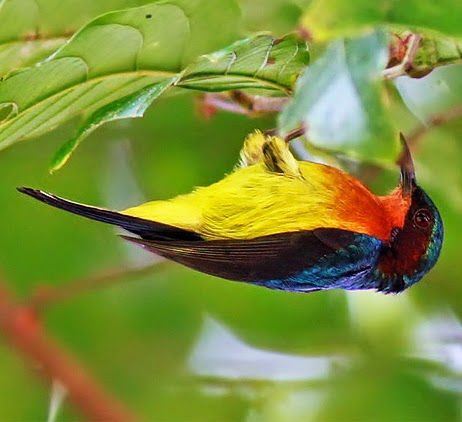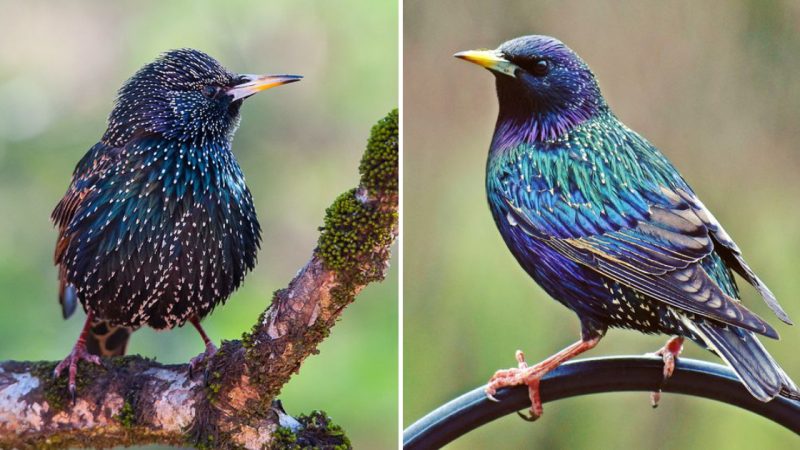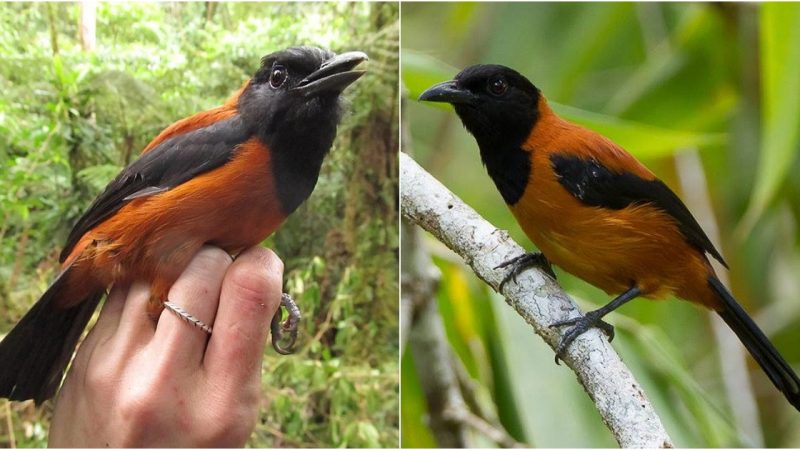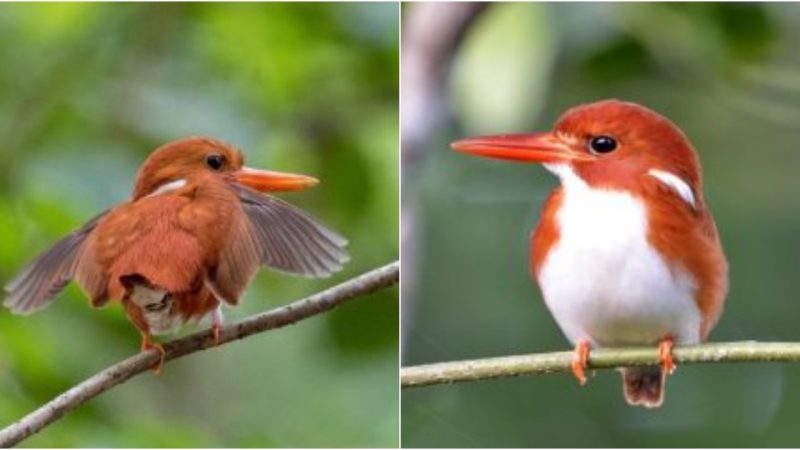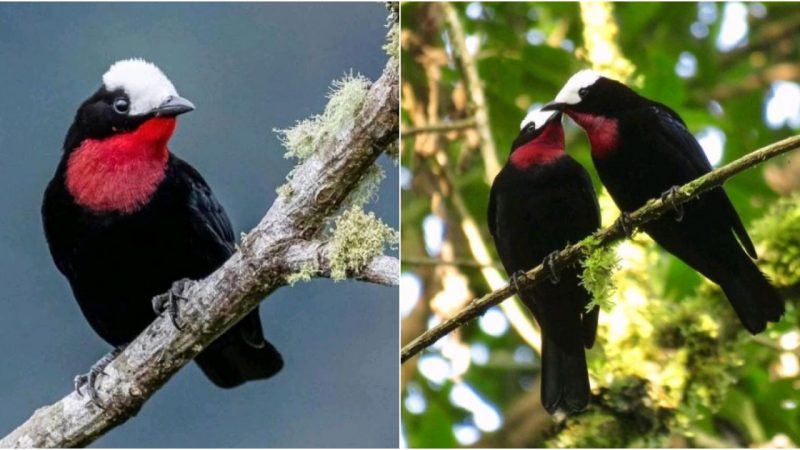The Colorful Marvel: The Purple-Rumped Sunbird
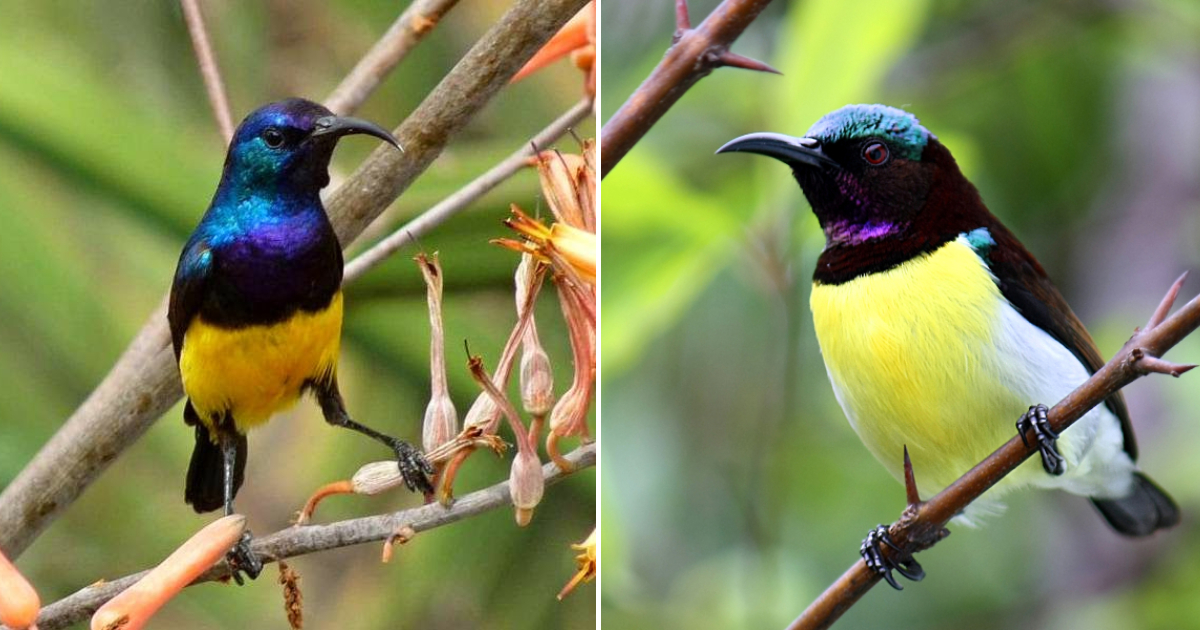
A carefully crafted combination of electric green, lemon-yellow, and blue is topped off by his signature metallic purple rump!
The Purple-rumped Sunbird (Leptocoma zeylonica) is a colorful bird measuring less than 4 inches (10 cm) in length. It has a down-curved bill and a brush-tipped tongue that is perfect for feeding on nectar. This bird exhibits sexual dimorphism, with the male sporting a dark maroon upper body, a blue-green crown, and a glossy, bright purple throat and rump. The male also has a maroon chest band, sides of the head, and back, as well as bright green shoulder patches. Its underparts are yellow, and it has white flanks.

Female birds are less vibrant, featuring an olive-green back, brown wings, white throat, and a yellowish chest.
The Purple-rumped Sunbird is endemic to the Indian subcontinent. It can be found in various tree-filled habitats, including scrub and cultivated areas, but it is usually absent from dense forests.
These sunbirds primarily feed on nectar, often hovering in front of flowers like hummingbirds. However, they are more likely to perch next to a flower while feeding. They also consume insects and feed on honeydew exuded by leafhoppers.
Purple-rumped Sunbirds can breed throughout the year, but the monsoon season increases the likelihood of breeding. During this time, the female constructs a nest using plant fibers and cobwebs.
The interior is lined with soft fibers, and the nest is usually placed at the end of a branch. The female lays an average of two oval green and white eggs with spots and streaks, which are incubated by both parents for 14 to 16 days. Other females and offspring from previous seasons assist in raising the chicks.
The young birds fledge after approximately 17 days.
The Purple-rumped Sunbird is classified as of Least Concern on the IUCN Red List.
